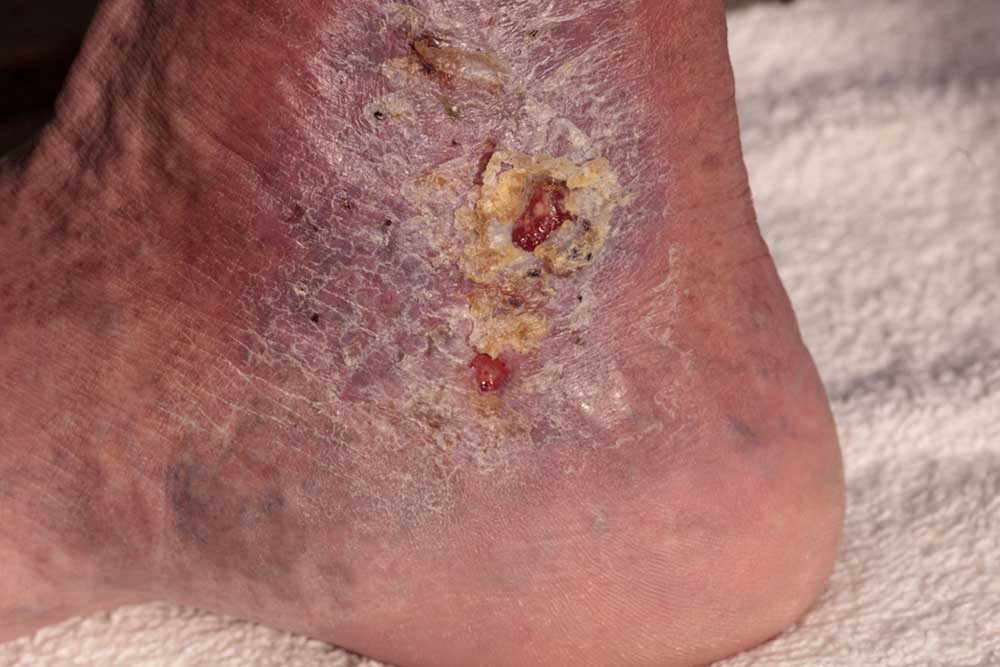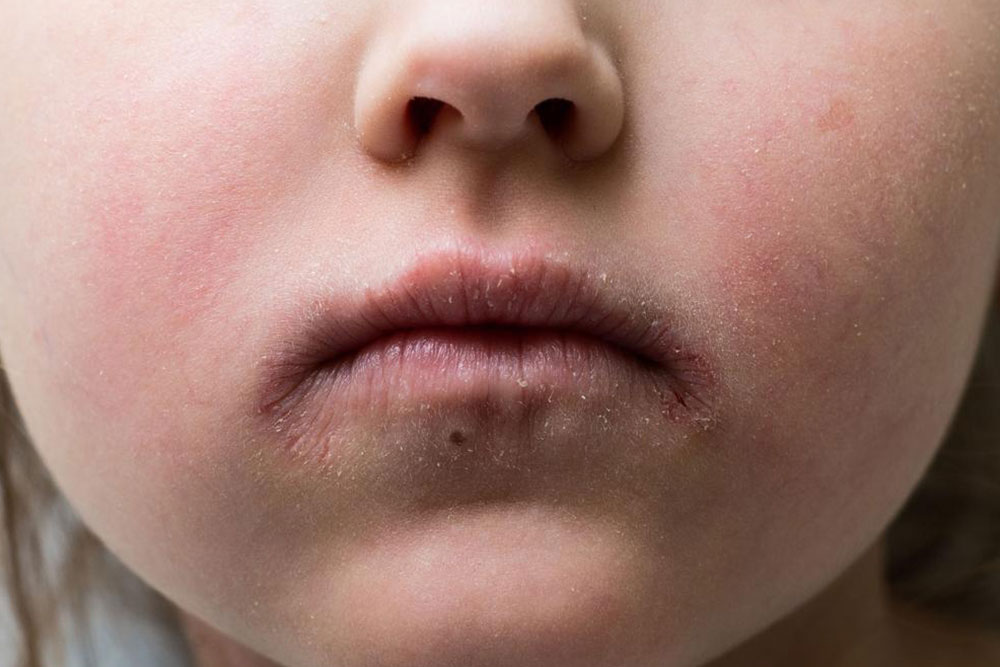Essential Facts About Staph Infections Everyone Should Know
Learn key information about staph infections, including risk factors, symptoms, diagnosis, treatment options, and effective prevention tips. Protect yourself from this common bacterial infection by understanding its causes and implementing proper hygiene practices.

Staph infections are caused by the bacterium Staphylococcus, which appears as round-shaped cells that can be solitary, paired, or clustered. These infections can affect any part of the body, often beginning with skin or cuts. Sometimes, bacteria can penetrate the bloodstream, leading to serious health issues. Those most at risk include newborns, diabetics, immunocompromised individuals, nursing women, and recent surgical patients. Symptoms vary, from skin boils and furuncles to severe conditions like impetigo, cellulitis, or even sepsis. Diagnosis involves physical and laboratory examinations, and treatments range from antibiotics to wound care. Preventative measures include covering wounds, practicing good hygiene, avoiding sharing personal items, and managing tampons carefully. Proper precautions can effectively prevent and address staph infections.










